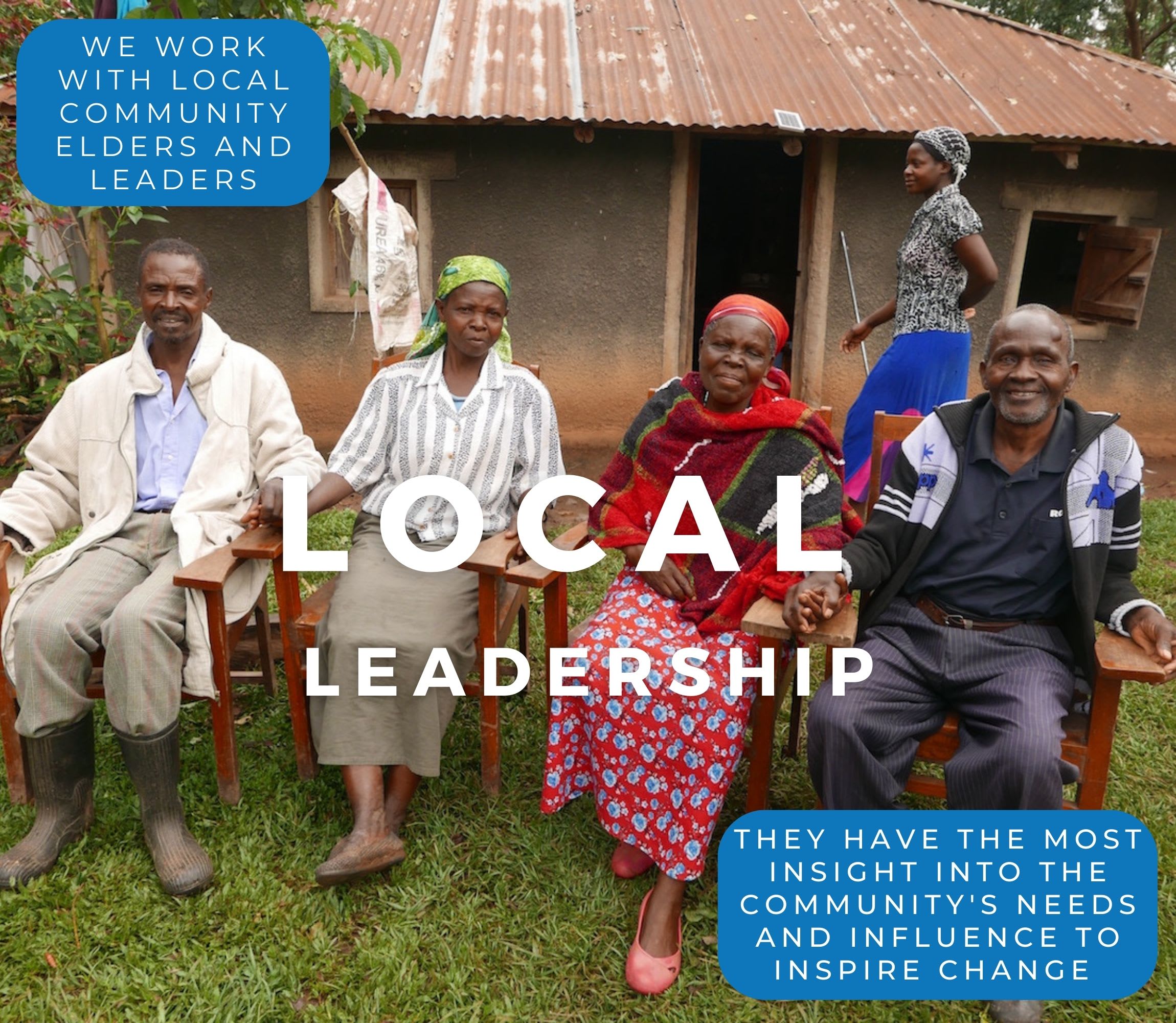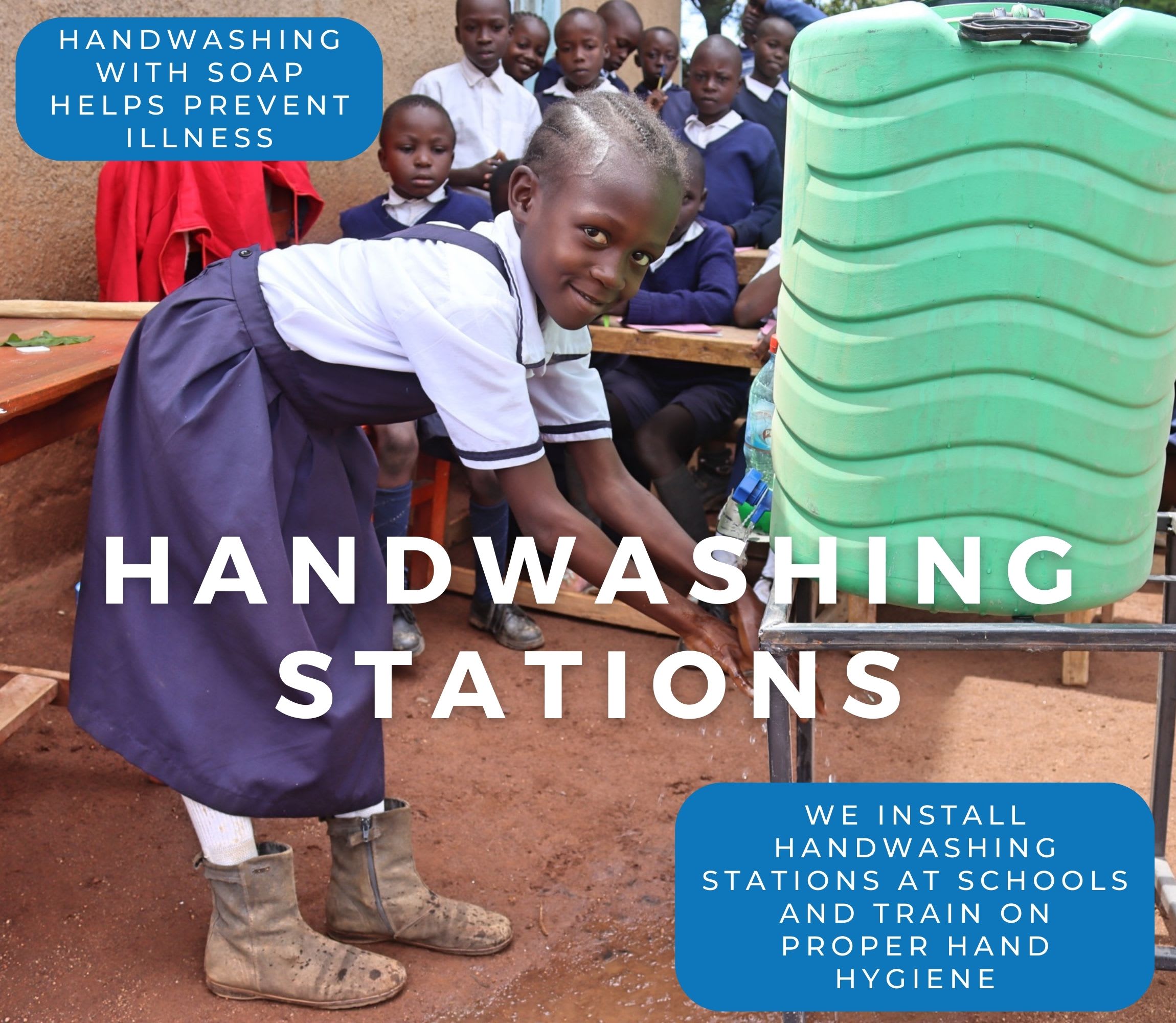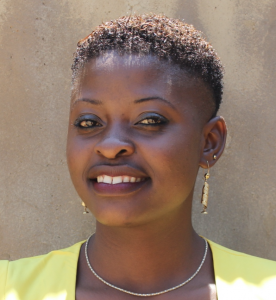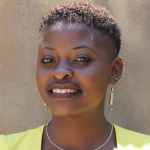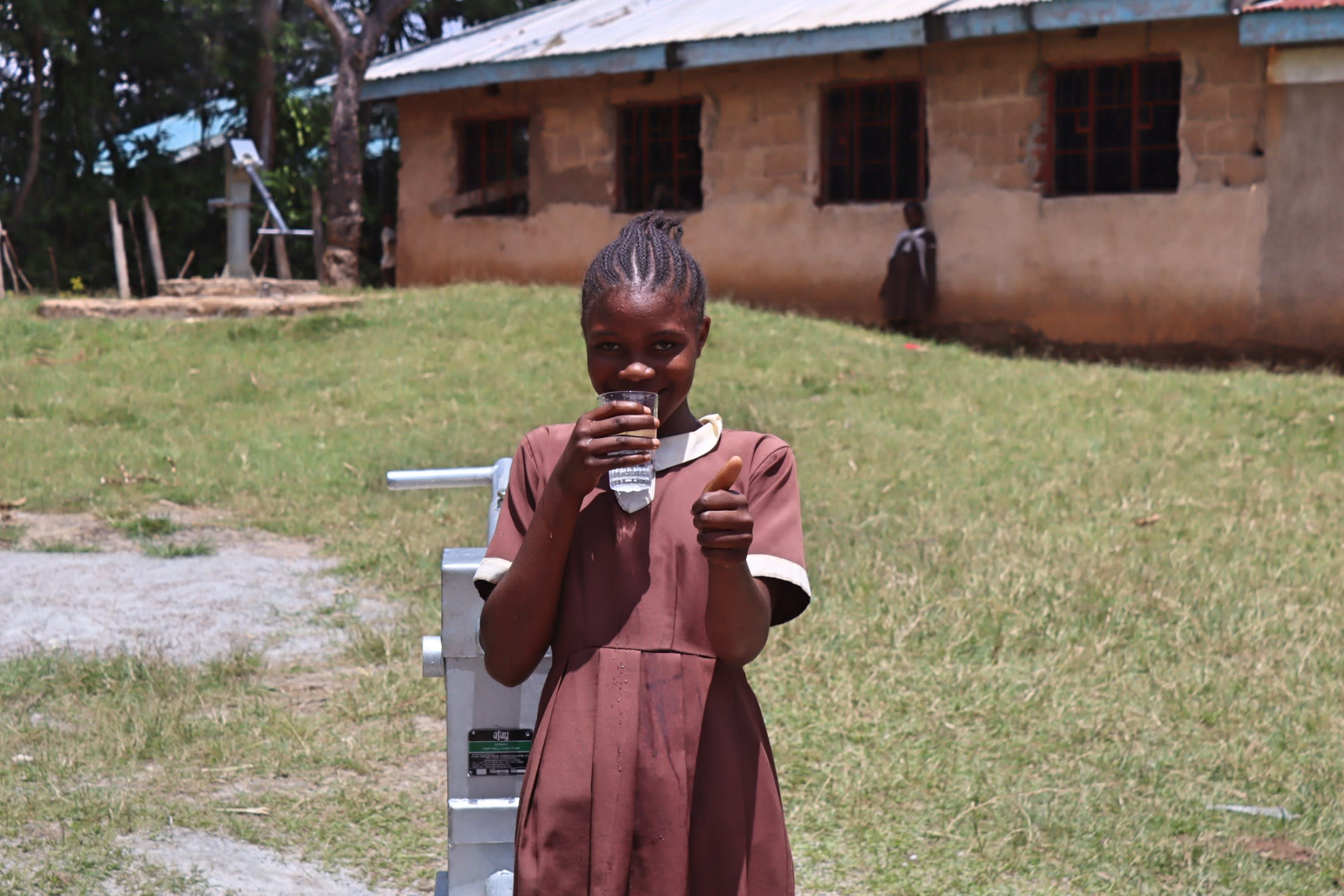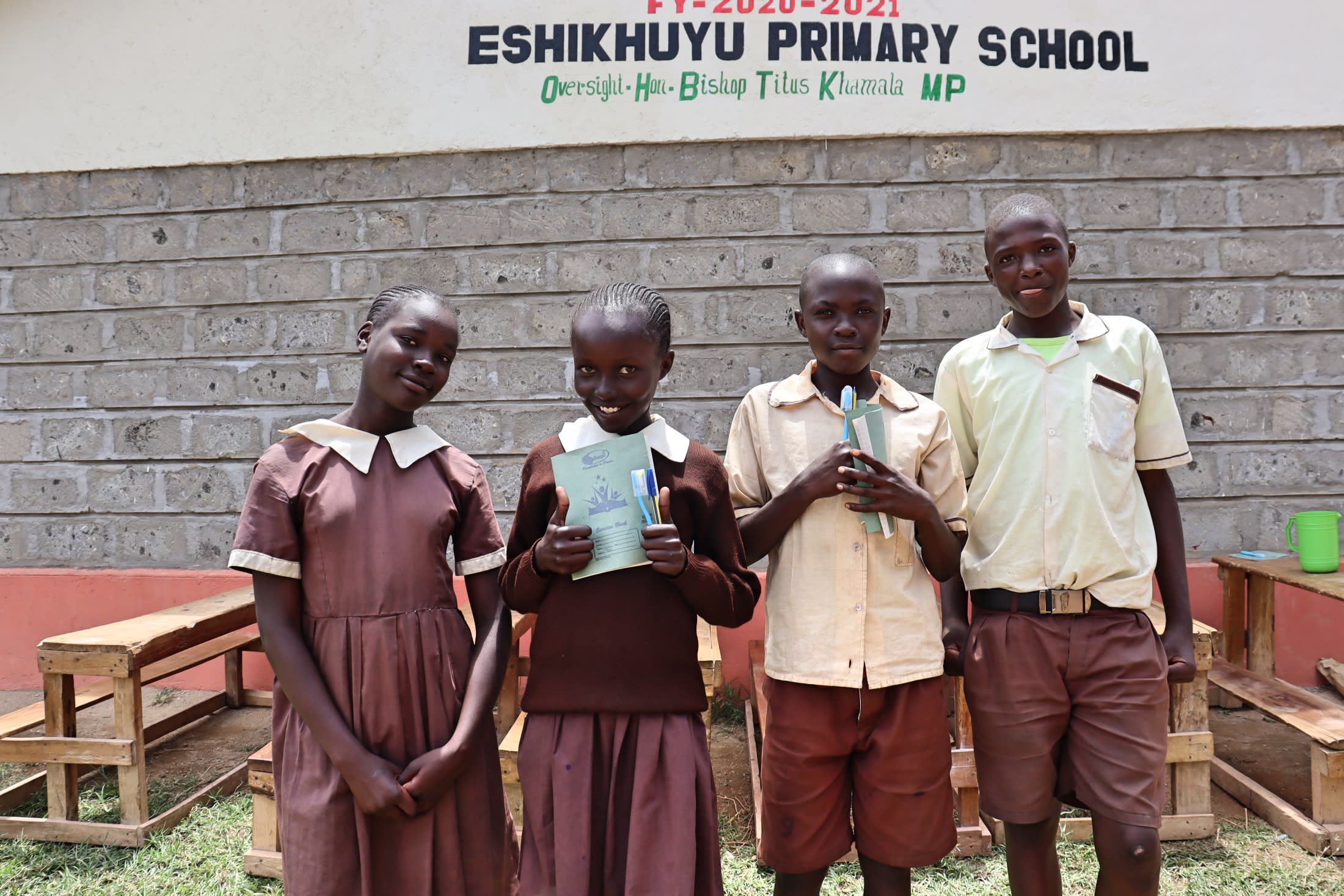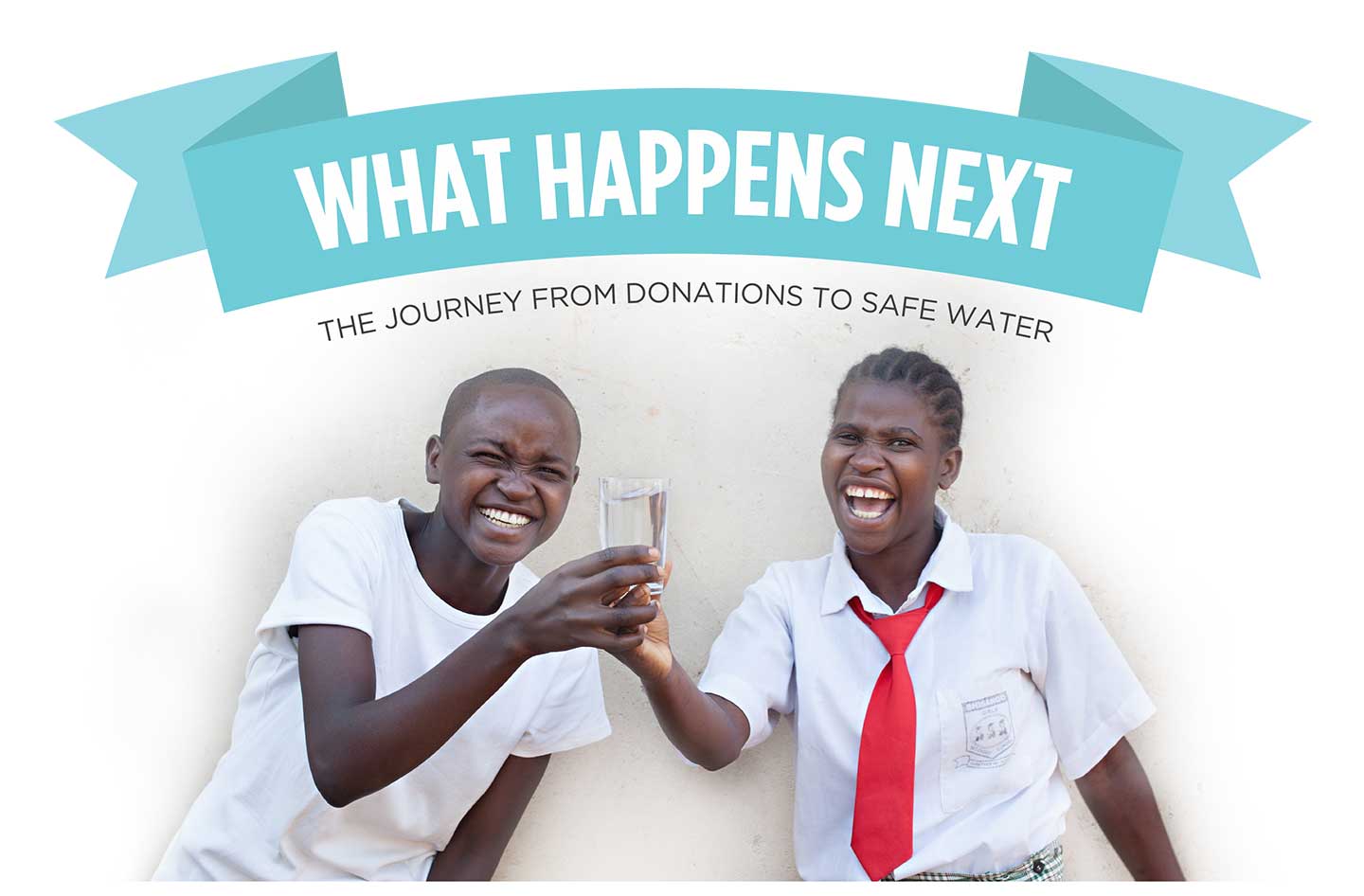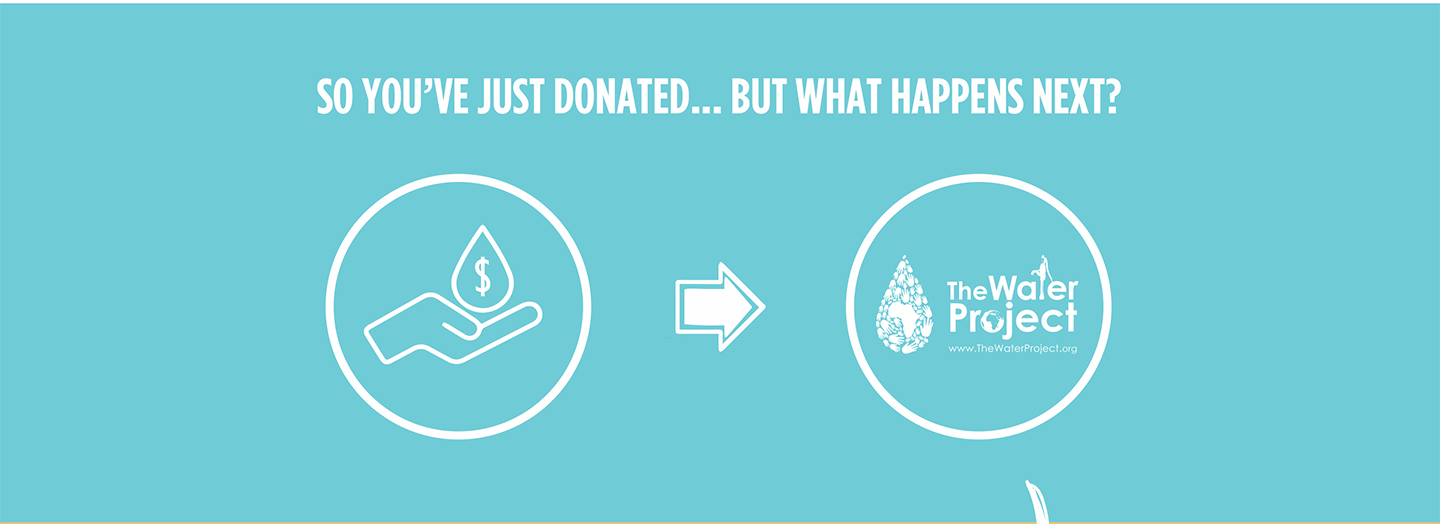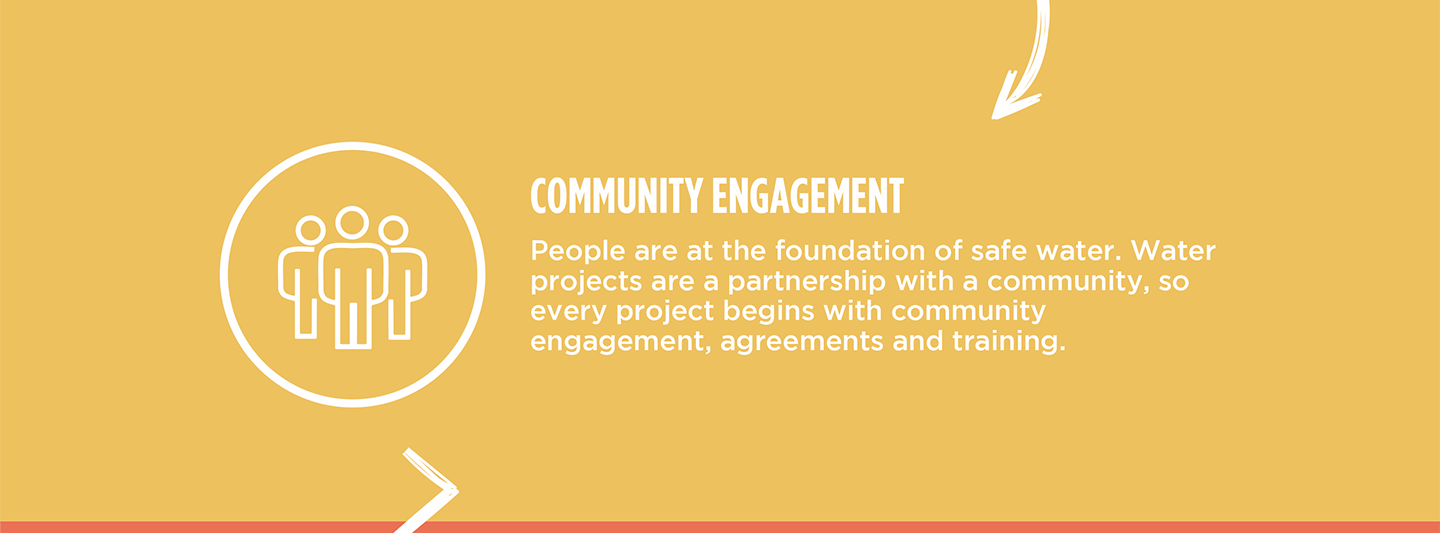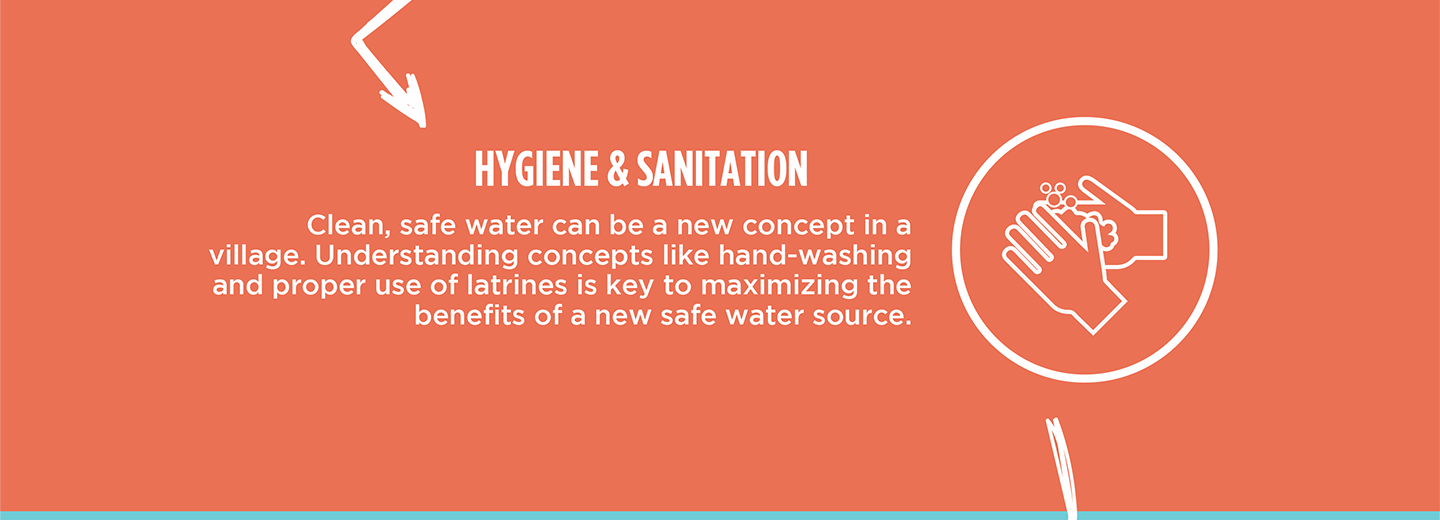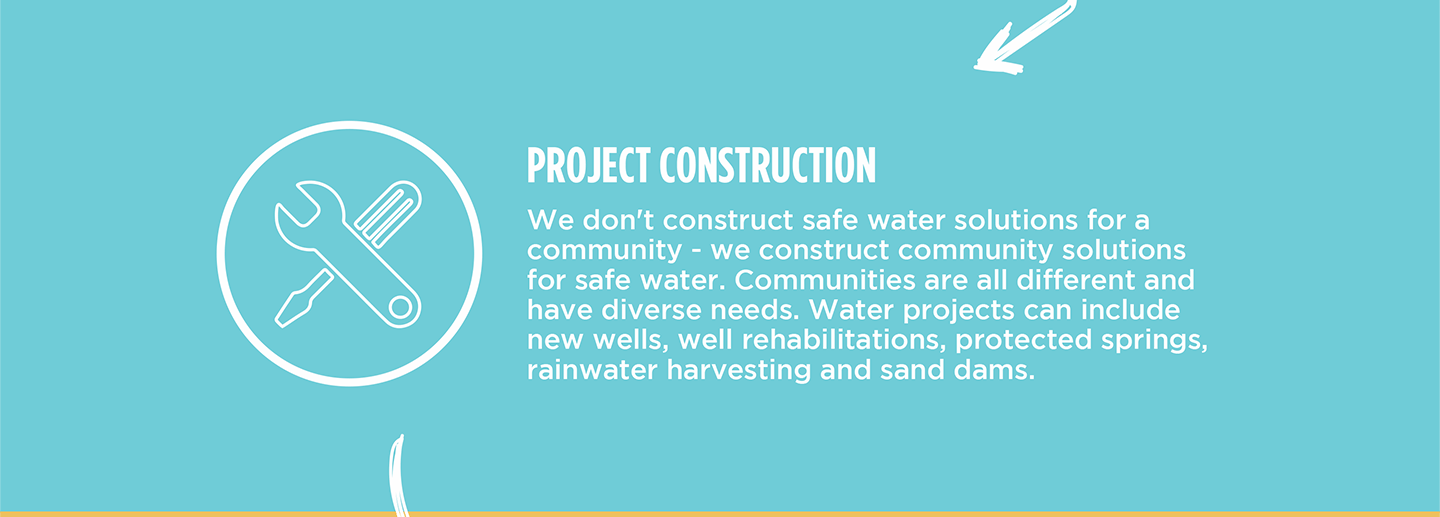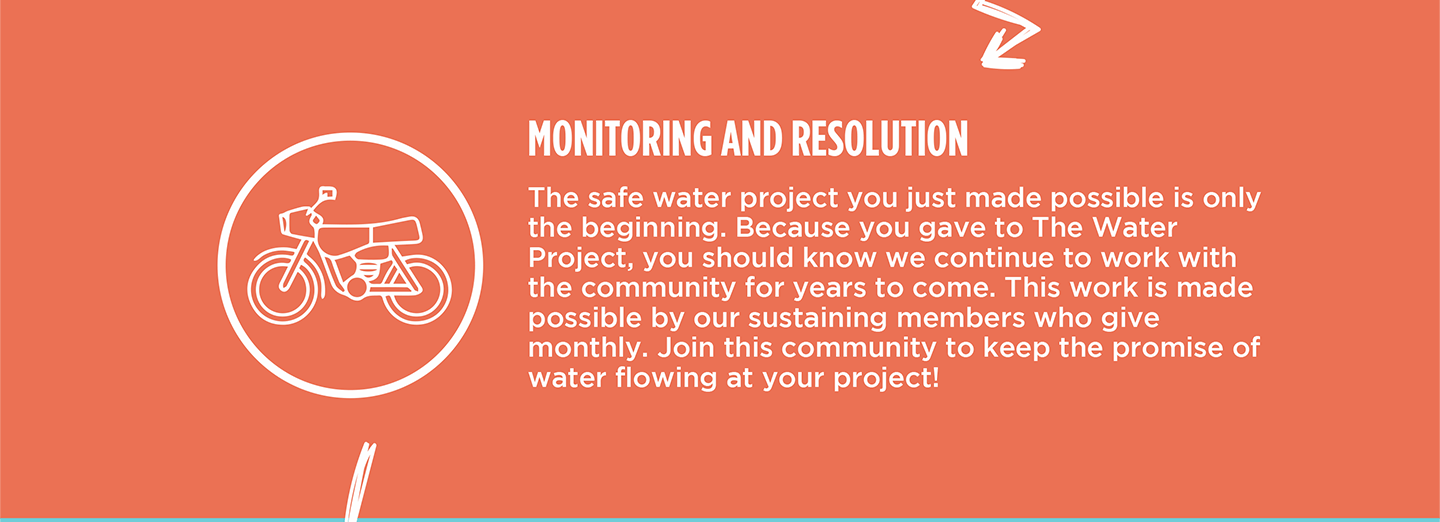Eshikhuyu Primary School has a protected hand-dug well with a hand pump, but it is not reliable. It breaks down often and does not provide water during the dry season. The school does not have the money to make the needed repairs to keep it operating even when there is water available, so instead, the 462 students are forced to take on the responsibility of collecting water to meet the daily water needs of the school.
Every morning, students collect water from various sources in the community but there is never enough water for the drinking, cleaning, and hygiene needs of the school. So during the school day, students must leave their classes and go to a local spring (in the photo below) to fetch more water.
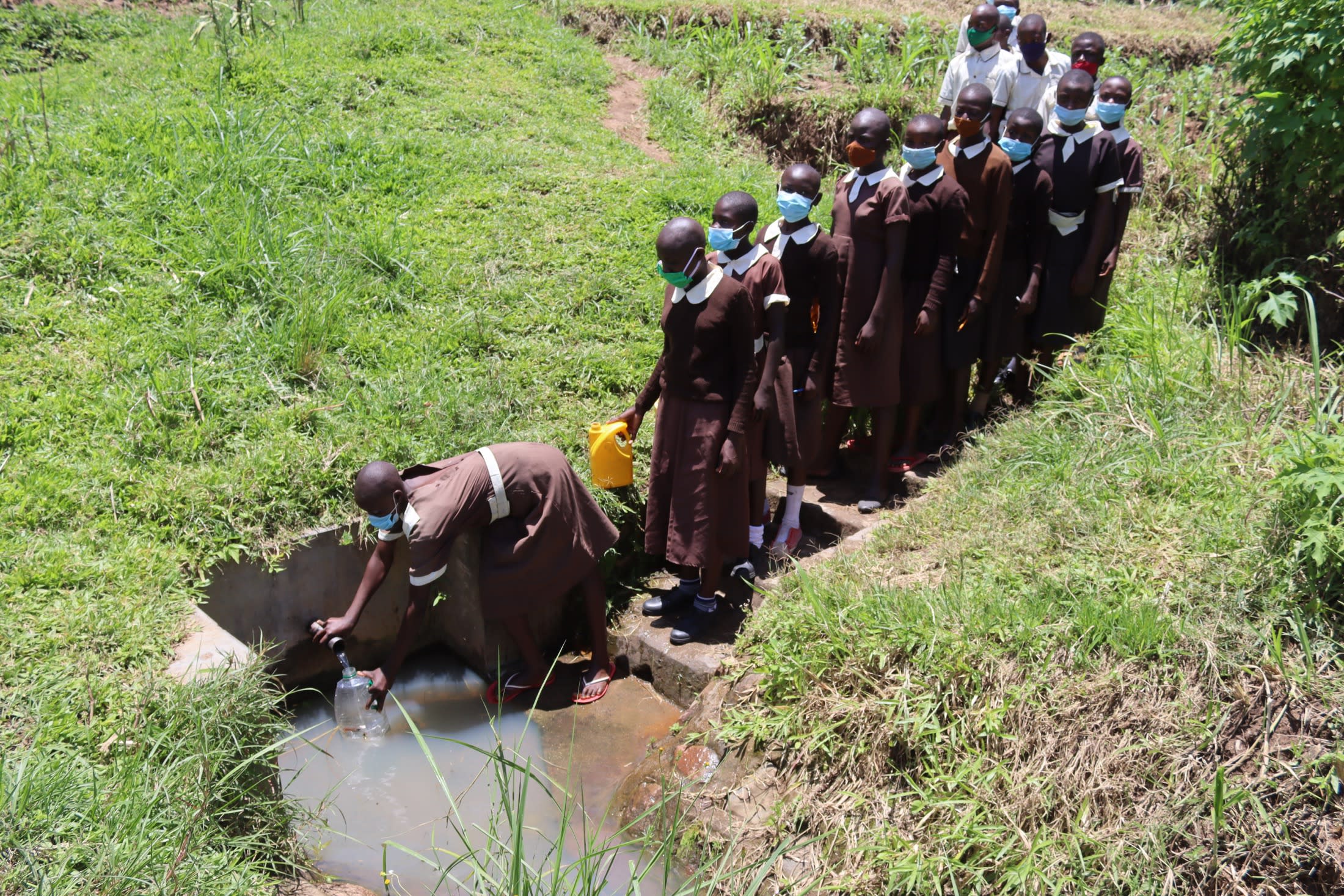
Because the water students collect comes from dubious sources in the community and is carried in containers that are often dirty, any water collected is almost certainly contaminated. There are consistent cases of stomachache, diarrhea, and typhoid reported.
14-year-old student Everlyne O. (in the photo below) said, "I can only remember the time when my small sister fell sick and was diagnosed with typhoid. My mother had to go to [the] hospital and come back to do casual work, which supports us in our education and upkeep. All this time, while I was nursing my sister, I was forced to stay home without going to school. This is very hurtful, for my fellow pupils are learning while I missed school."
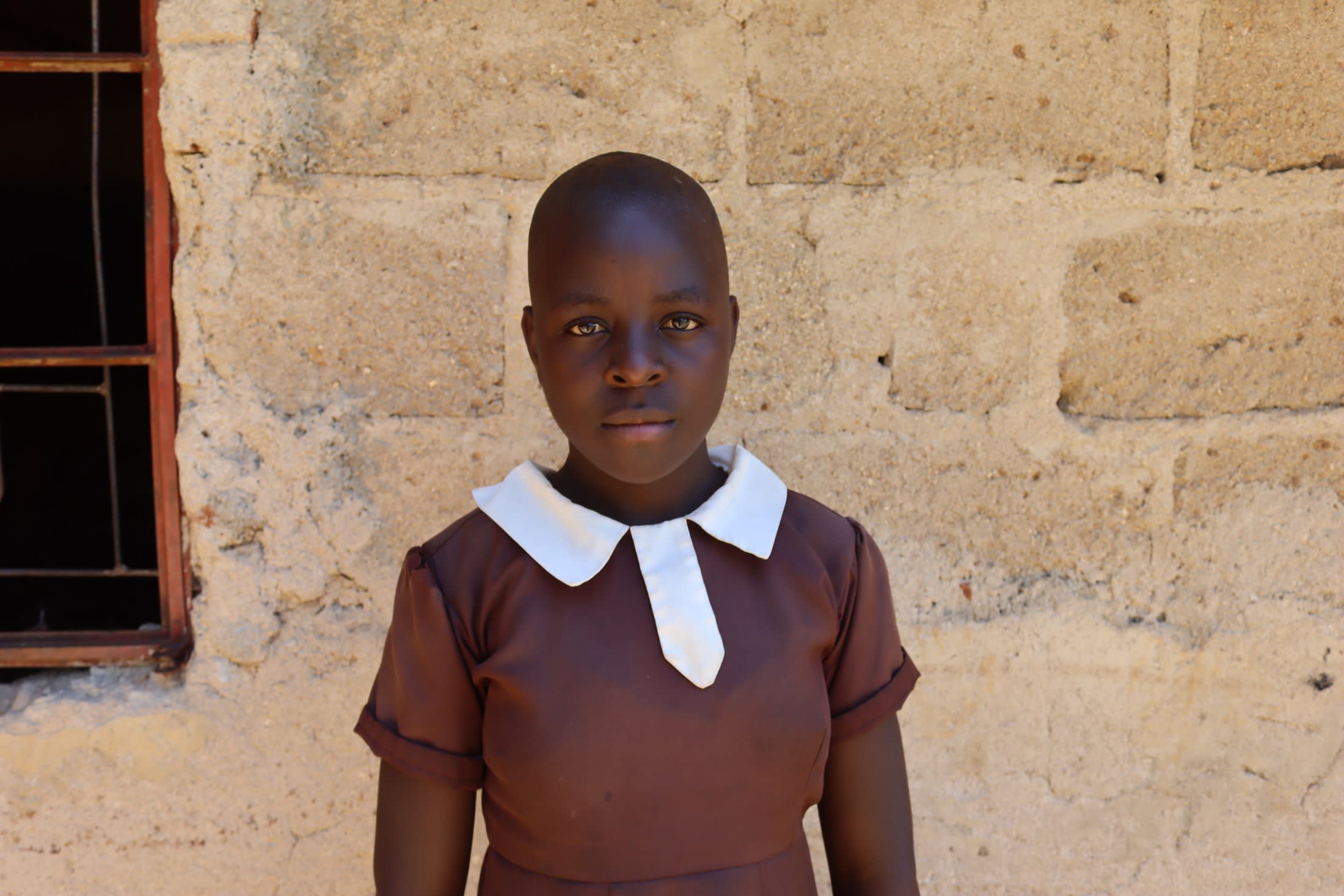
Being ill and absent from school not only steals pupils' health and energy, it also reduces their chances of academic success.
Teacher Andika Akhonya (in the photo below), 57, shared, "As a teacher, [I] have taught for 17 years since I came to this school. The roughest time I have had during this period is when pupils are absent in class. It makes learning and teaching very boring, for many learners are out, forcing me to teach one thing over a week. This affects learning, and meeting the set target becomes a very big problem."
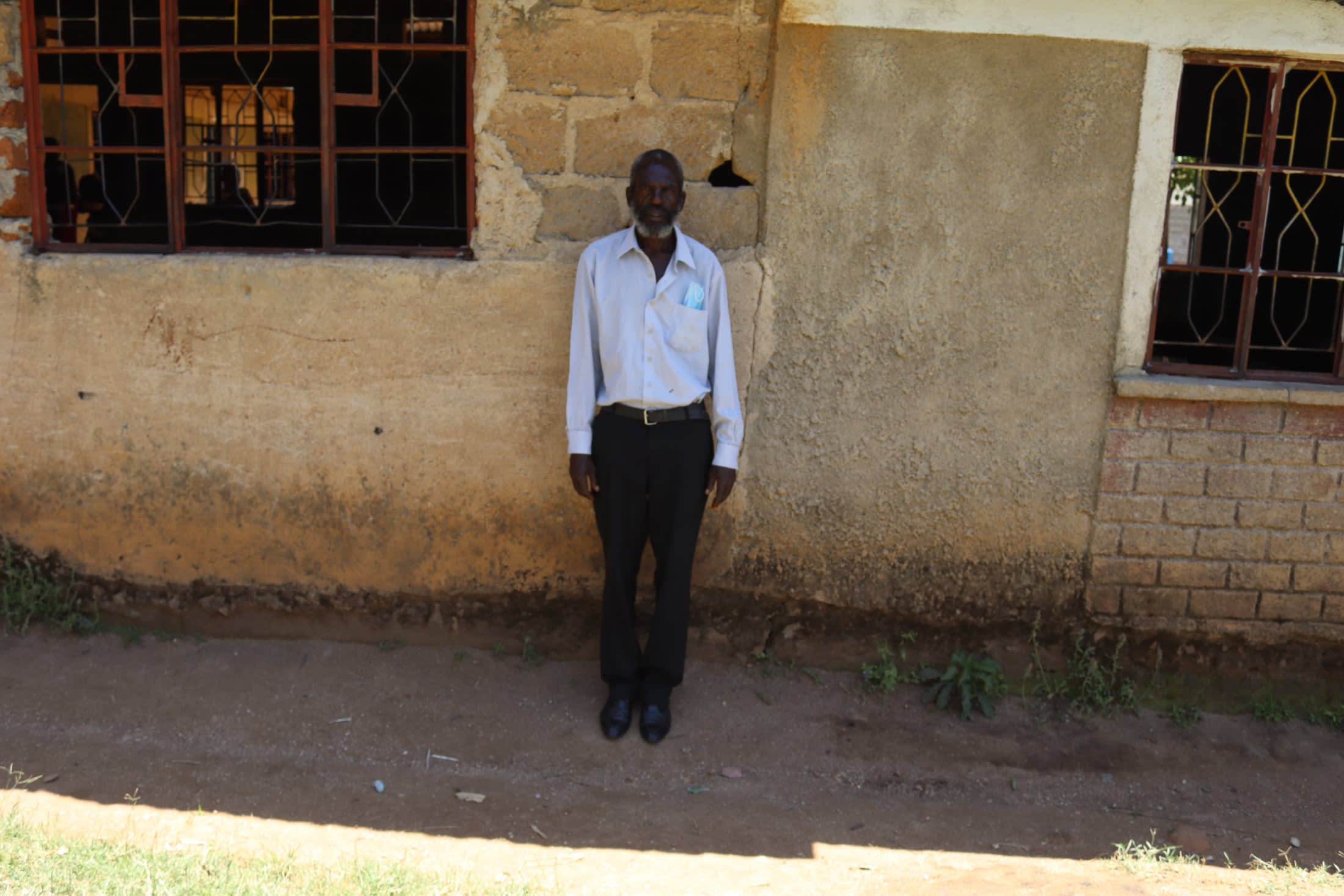
The proposed well will ensure that children are in school full time and have enough water to serve the pupils and teaching staff throughout the entire school year.
What We Can Do:
New Well
We conducted a hydrogeological survey at this school and the results indicated the water table beneath it is an ideal candidate for a borehole well. Due to a borehole well's unique ability to tap into a safe, year-round water column, it will be poised to serve all of the water needs for this school's large population, even through the dry months.
The school will help collect the needed construction materials such as sand, rocks, and water for mixing cement. They will also provide housing and meals for the work team, in addition to providing local laborers. We will complement their materials by providing an expert team of artisans and drilling professionals, tools, hardware, and the hand-pump. Once finished, water from the well will then be used by the school’s students and staff for drinking, handwashing, cooking, cleaning, and much more.
Handwashing Stations
The student health club will oversee the two new handwashing stations we will provide, and make sure they are kept clean and in working condition. The club leaders will fill the handwashing stations with water daily and make sure they are always supplied with a cleaning agent such as soap or ash.
VIP Latrines
We will construct two triple-door latrine blocks using local materials that the school will help gather. Three doors will serve the girls and three doors will serve the boys. All of these new latrines will have cement floors that are designed to be easy to use and to clean. And with a borehole right on school property, there should be enough water to keep them clean.
Training on Health, Hygiene and More
We will hold a one-day intensive training session with students, teachers, and parents. This training will cover a wide range of topics including personal and environmental hygiene; and the operation and maintenance of the borehole, latrines, and handwashing stations. There will be a special emphasis on handwashing.
Our team of facilitators will use a variety of methods to train, including participatory hygiene and sanitation transformation, and asset-based community development. We will initiate a student health club, which will prepare students to lead other pupils into healthy habits at school and at home. We will also lead lectures, group discussions, and provide illustrative handouts to teach health topics and ways to promote good hygiene practices within the school including handwashing and water treatment. We will then conduct a series of follow-up trainings before transitioning to our regularly scheduled support visits throughout the year.
We and the school strongly believe that all of these components will work together to improve standards at this school, which will help lead to better student academic performance and will help unlock the opportunity for these students to live better, healthier lives.
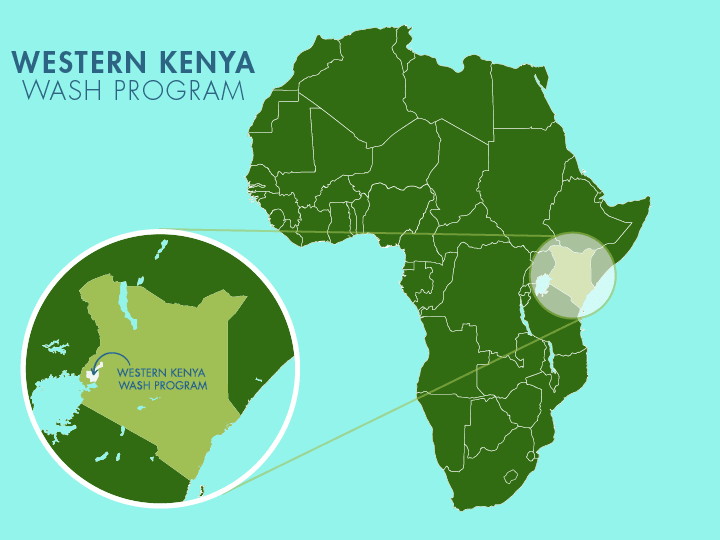
 Borehole Well and Hand Pump
Borehole Well and Hand Pump
 Rehabilitation Project
Rehabilitation Project

